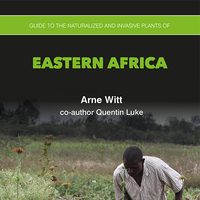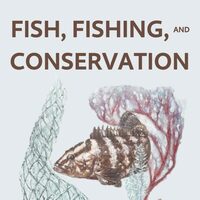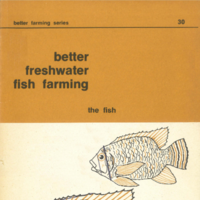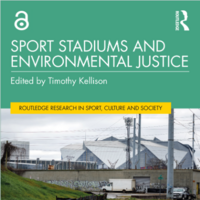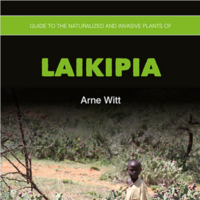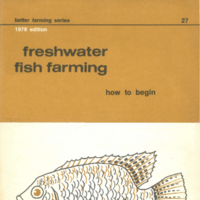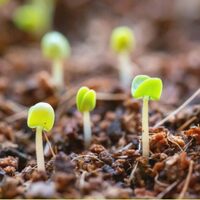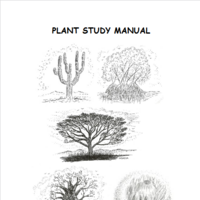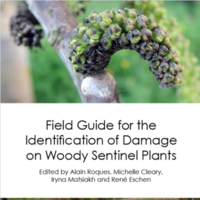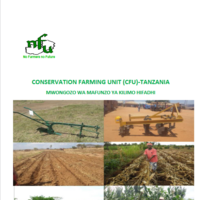Search
Books+
Searching 1,73 books
Search related to the career Environmental Scientist
Plants and Aquatic Species in the Environment
Plants and aquatic species play crucial roles in maintaining the balance and functioning of ecosystems. They contribute to various environmental processes and provide numerous benefits. Here are some key roles they play:
1. Oxygen Production: Through the process of photosynthesis, plants release oxygen into the atmosphere, which is essential for the survival of most living organisms.
2. Carbon Dioxide Absorption: Plants absorb carbon dioxide from the atmosphere, helping to mitigate climate change by reducing greenhouse gas levels.
3. Habitat and Shelter: Plants and aquatic species provide habitats and shelter for a wide range of organisms, including insects, birds, fish, and other wildlife. They create diverse ecosystems that support biodiversity.
4. Food Source: Many plants and aquatic species serve as a primary food source for various animals, including herbivores and omnivores. They form the base of the food chain, supporting higher trophic levels.
5. Nutrient Cycling: Plants and aquatic species play a vital role in nutrient cycling within ecosystems. They absorb nutrients from the soil or water, and when they die or shed leaves, these nutrients are returned to the environment, enriching the soil or water for other organisms.
6. Soil and Water Conservation: Plant roots help prevent soil erosion by anchoring the soil, reducing the risk of landslides and maintaining the integrity of riverbanks. Aquatic plants also help stabilize shorelines and prevent water erosion.
7. Water Filtration: Aquatic plants, such as algae and submerged vegetation, help filter water by absorbing excess nutrients and pollutants. They improve water quality and provide suitable habitats for aquatic organisms.
8. Climate Regulation: Plants and aquatic species influence local climates by providing shade, reducing temperatures, and increasing humidity. They contribute to the formation of microclimates and help mitigate the impacts of heatwaves.
9. Aesthetic and Recreational Value: Plants and aquatic species enhance the beauty of natural landscapes, parks, and gardens. They provide recreational opportunities such as hiking, fishing, and birdwatching, promoting physical and mental well-being.
10. Economic Importance: Many plants and aquatic species have economic value. They are sources of food, medicine, timber, fibers, and various raw materials. They support industries, provide livelihoods, and contribute to local and global economies.
In summary, plants and aquatic species are essential components of the environment, playing critical roles in maintaining ecological balance, supporting biodiversity, and providing numerous benefits to both humans and other organisms.
Source: Various AI tools
